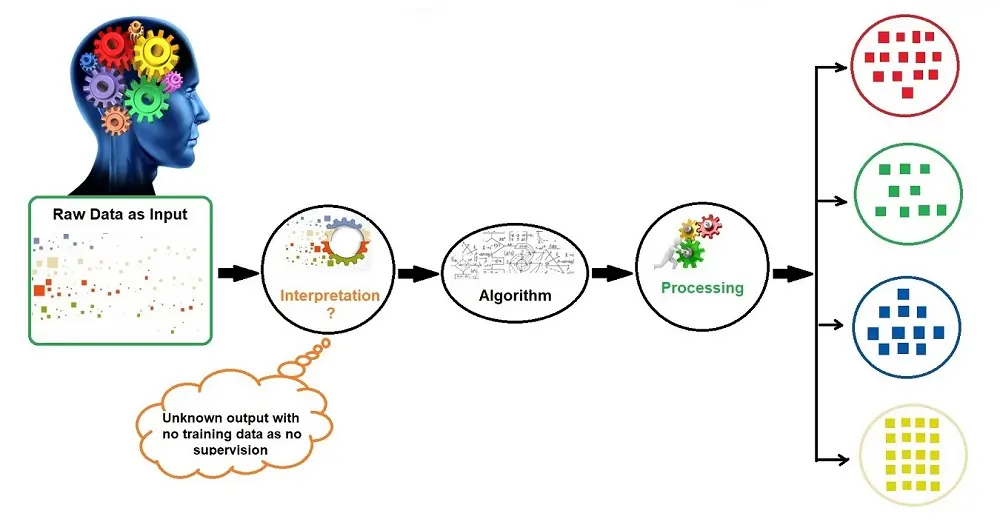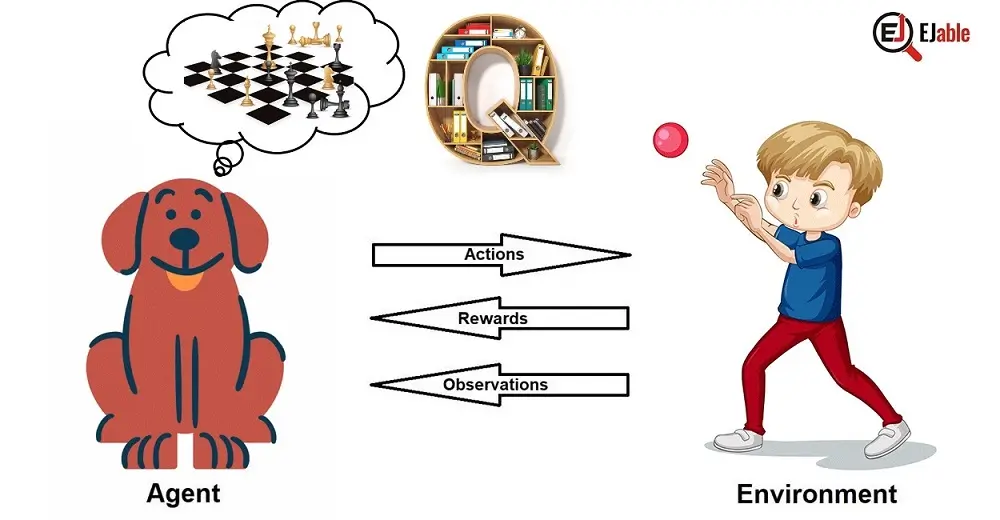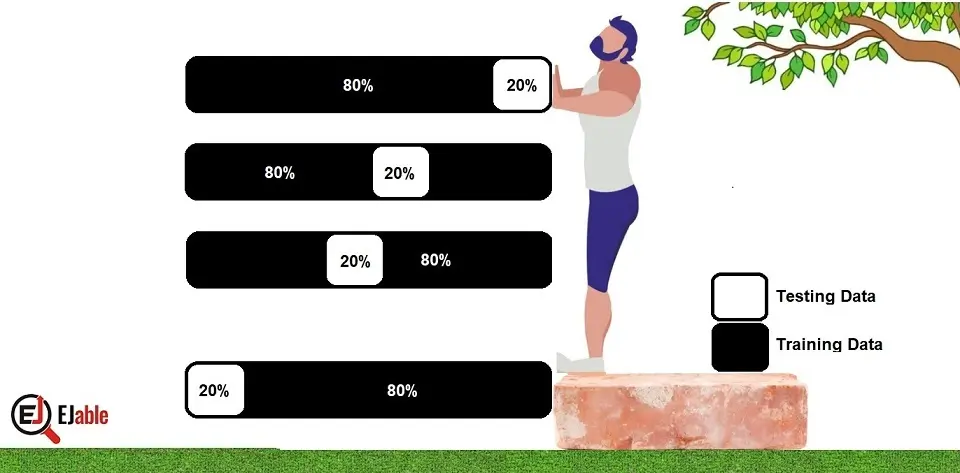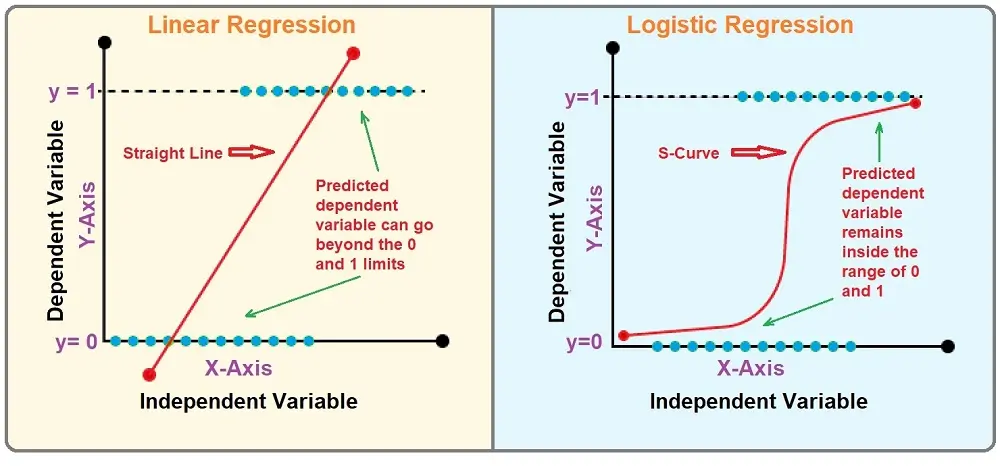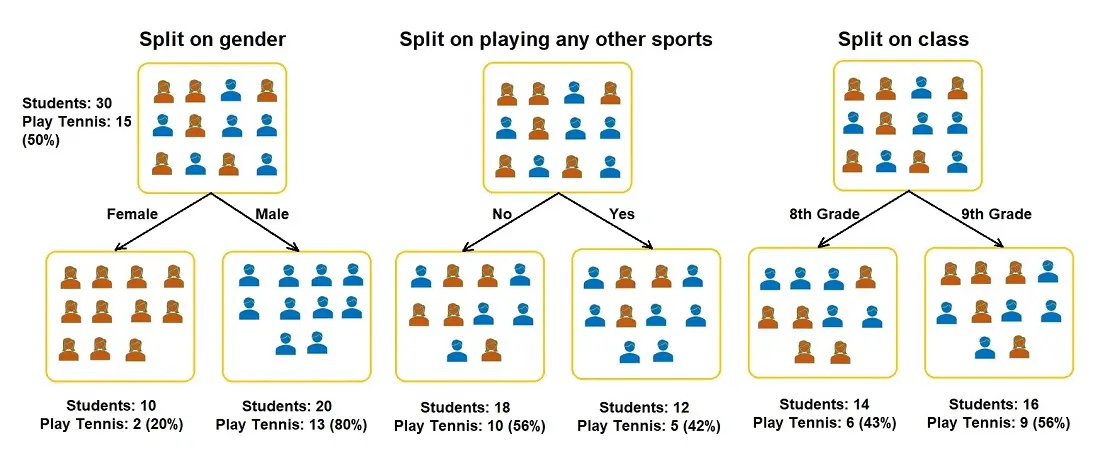Three Types of Machine Learning
Machine learning is the heart of AI. Similar to any species, AI needs continuous learning. So, let’s see how we make AI learn and what types of machine learning are there. In this article, we will understand the three different types of Machine Learning; however, we must first understand Artificial Intelligence. Artificial Intelligence (AI) is the ability of a computer
Continue reading
